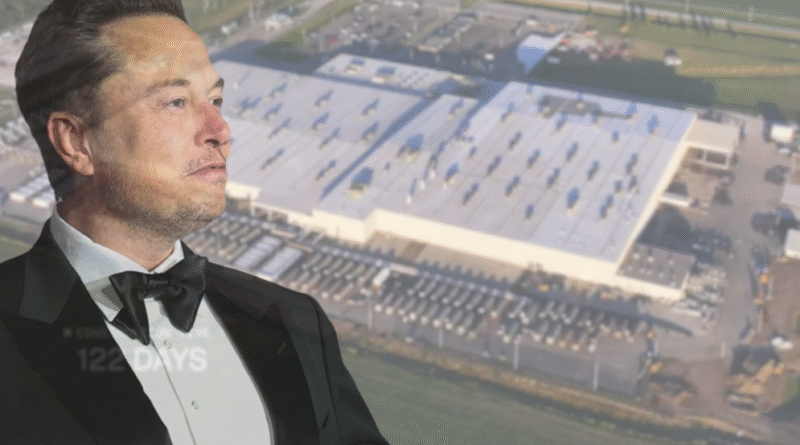Elon Musk Confirms xAI Is Shipping Power Plant to U.S. for AI Hub
Elon Musk Confirms xAI Is Shipping an Overseas Power Plant to the U.S. to Power Massive AI Data Center
Elon Musk has confirmed that xAI, his artificial intelligence company, is buying a power plant from overseas and shipping it to the United States. The aim is to power what could be one of the largest and most energy-hungry AI data centers ever built. The facility is expected to run on up to 2 gigawatts of power and house around one million Nvidia GPUs. For context, that’s enough electricity to power nearly 1.9 million American homes.
The news first came from Dylan Patel of SemiAnalysis, who shared details about xAI’s next big move during a podcast. Musk later confirmed the report himself in a tweet. This development underscores the growing importance of power infrastructure in the pursuit of developing large-scale artificial intelligence models.
Beyond the Colossus
Currently, xAI operates the Colossus supercomputer near Memphis, Tennessee. That facility runs on 200,000 Nvidia Hopper GPUs and already consumes around 300 megawatts of electricity. To meet its power needs, xAI installed 35 natural gas turbines that can generate about 420 MW and it also uses Tesla Megapack battery systems to help stabilize the load.
Even with that setup, powering Colossus has proven difficult. Now, Musk is aiming for something even bigger. The next data center will need between 1,400 MW and 1,960 MW of power once you factor in everything from CPUs and memory to storage, networking, and cooling systems.
Depending on the installed Nvidia Blackwell models, the GPUs alone could consume 1,000 to 1,400 MW. But when you add in other equipment and account for system inefficiencies, the total energy requirement rises sharply. Experts use a measure called Power Usage Effectiveness (PUE) to estimate these overheads. A typical PUE of 1.4 boosts the final number to nearly 2 GW.
Why Ship a Power Plant?
Supplying this kind of energy is no small feat. A solar farm large enough to meet that demand would require a huge amount of land and an even bigger investment in battery storage. Nuclear power is a more reliable option, but the permitting and construction process can take up to a decade, making it an unrealistic choice in the near term.
That leaves natural gas plants as the most practical solution. Combined-cycle gas turbine plants, or CCGTs, can be built faster and scaled to fit different needs. Each can generate anywhere from 500 MW to over 1,000 MW. Patel believes this is the kind of plant xAI plans to import.
Buying a plant overseas and shipping it to the U.S. might sound extreme, but it could save time. Acquiring land and permits for new power plants in the U.S. is often a slow and complex process. Musk may be accelerating his progress by sourcing and relocating a plant abroad.
Growing the Footprint
In tandem with this strategic move, xAI has already acquired a former factory in Memphis, which is currently transforming into a new data center. The facility is expected to support around 125,000 eight-way GPU servers, plus all the necessary networking, cooling, and storage hardware.
This kind of expansion reflects a broader trend in the AI industry. Companies like xAI, OpenAI, and Google are all building larger and more powerful compute clusters. But with greater computing power comes greater energy demand. And for Musk, waiting on permits or slow grid upgrades isn’t an option.
AI’s New Power Play
Shipping in a power plant may seem like a radical idea, but it’s becoming clear that the future of AI depends as much on energy as it does on software and hardware. The competition to train the most advanced models has turned into a race for power—literally.
Musk’s approach is aggressive, but it may be necessary. If xAI wants to stay ahead of its rivals, it has to move quickly and build systems that can support the next wave of AI development. That means finding creative ways to get the power it needs, even if that includes transporting entire energy facilities across the globe.
In the end, xAI’s new data center isn’t just about scale. It’s about control. By owning its power source and running its infrastructure, the company can operate independently from strained public grids. As more companies push toward similar setups, AI development is becoming deeply intertwined with global energy markets.
This move ushers in a new phase in the development of artificial intelligence, where the integration of raw computing power and energy supply is essential. For Elon Musk and xAI, building the future of AI means building the future of power too.



